
This week, the Oregon chub was removed from the Federal List of Endangered and Threatened Animals, becoming the first fish ever to shed its endangered status. When it was placed on the list in 1993, there were fewer than 1,000 of the minnow species left. Today there are more than 140,000.
In the years since the first official list of threatened and endangered species was published in 1967, 28 species have been recovered, 10 have become (or were discovered to already be) extinct, and more than 2,000 species have joined the original 78.
Though the notion of extinction entered public awareness at the turn of the 20th century and the federal government began taking steps to protect certain species then, it wasn’t until the 1960s that environmental activism pressured the government to be more proactive in identifying and taking measures to protect threatened species. The first significant piece of legislation, the Endangered Species Protection Act, was passed in 1966, followed by an amendment in 1969 and a reworking in the 1973 Endangered Species Act.
In the period leading up to these legislative acts, the zookeeper community was collaborating on strategies they could undertake toward preservation. An August 1964 article in LIFE reported on the creation of “special survival and propagation centers where pairs and herds of endangered species can propagate in peace and quiet.” The magazine sent photographer Nina Leen on an assignment to document these species in the new habitats being set aside for them.
Nineteen U.S. zoos formed the Wild Animal Propagation Trust, addressing issues that had prevented species in captivity from successfully mating in the past. Rhinos in the wild are undisturbed during mating season; their new protected habitats would ensure the same treatment. Baby orangutans abandoned by their mothers would be raised in special nursery facilities. If the Trust succeeded in regenerating species, they hoped to reintroduce some of the animals into their natural habitats.
LIFE also explored advances in the scientific understanding of mating rituals. A male and female gorilla at the Bronx Zoo, Oka and Mambo, had expressed a “mammoth indifference for one another,” refusing to mate. Researchers came to understand that male gorillas raised in captivity, having no exposure to mating in the wild, had not learned proper mating behavior. Polar bears, which in the wild are accustomed to privacy during birth, were killing their newborn cubs because of the throngs of spectators present at their births. Understanding the animals’ behavior in the wild helped zookeepers create environments more conducive to procreation.
All of the species photographed for the story remain threatened or endangered 50 years later. The attention and, ultimately, funding that certain species get can be linked to the public’s awareness of and appreciation for them—the whales, for example, are high on many people’s list of animals in need of saving. So if you want to step in and support the underdog, consider the clam, of which more than 100 species are endangered. “Save the Georgia Pigtoe Clam” has a nice ring to it.
Liz Ronk, who edited this gallery, is the Photo Editor for LIFE.com. Follow her on Twitter at @LizabethRonk.
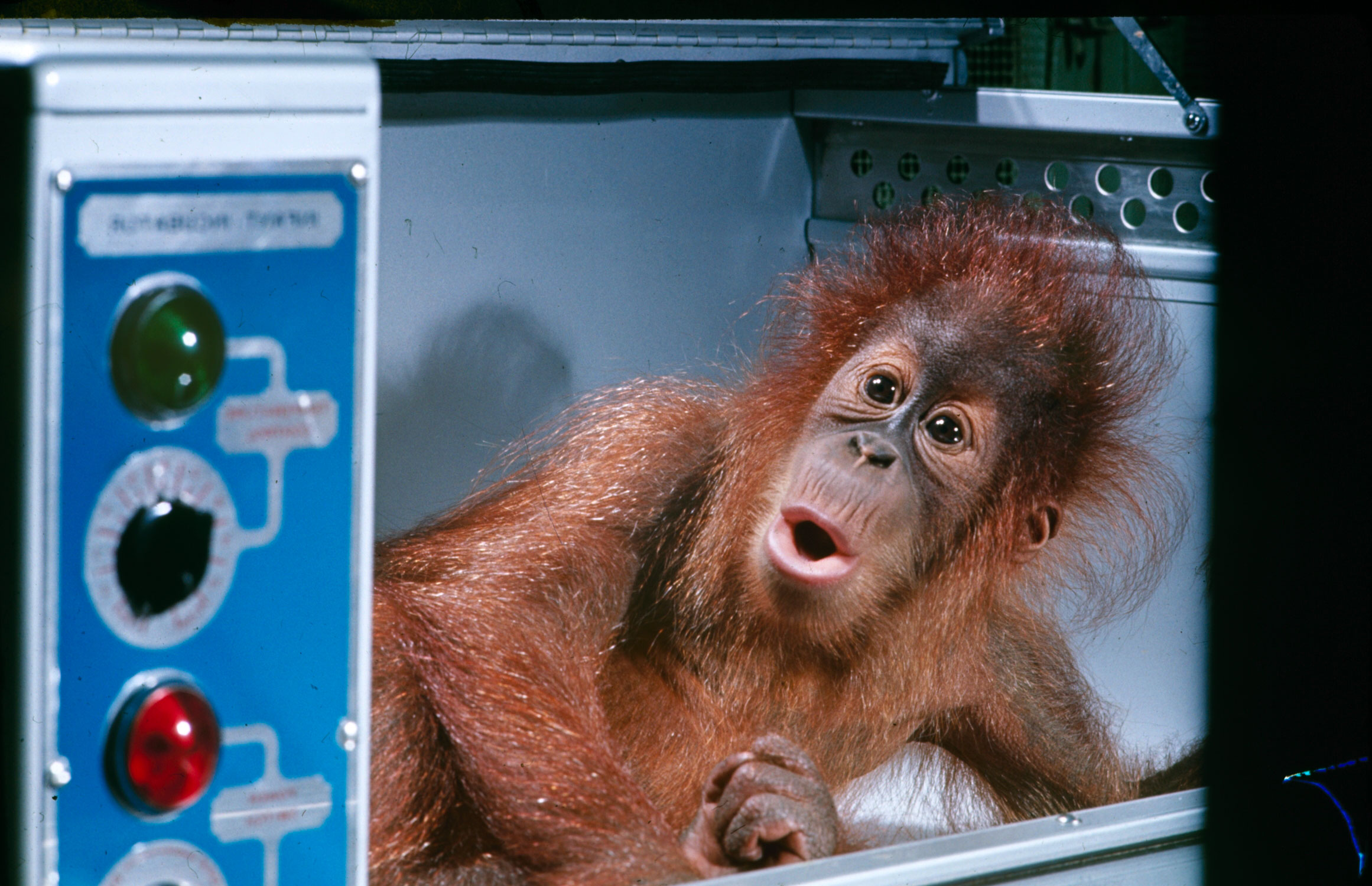



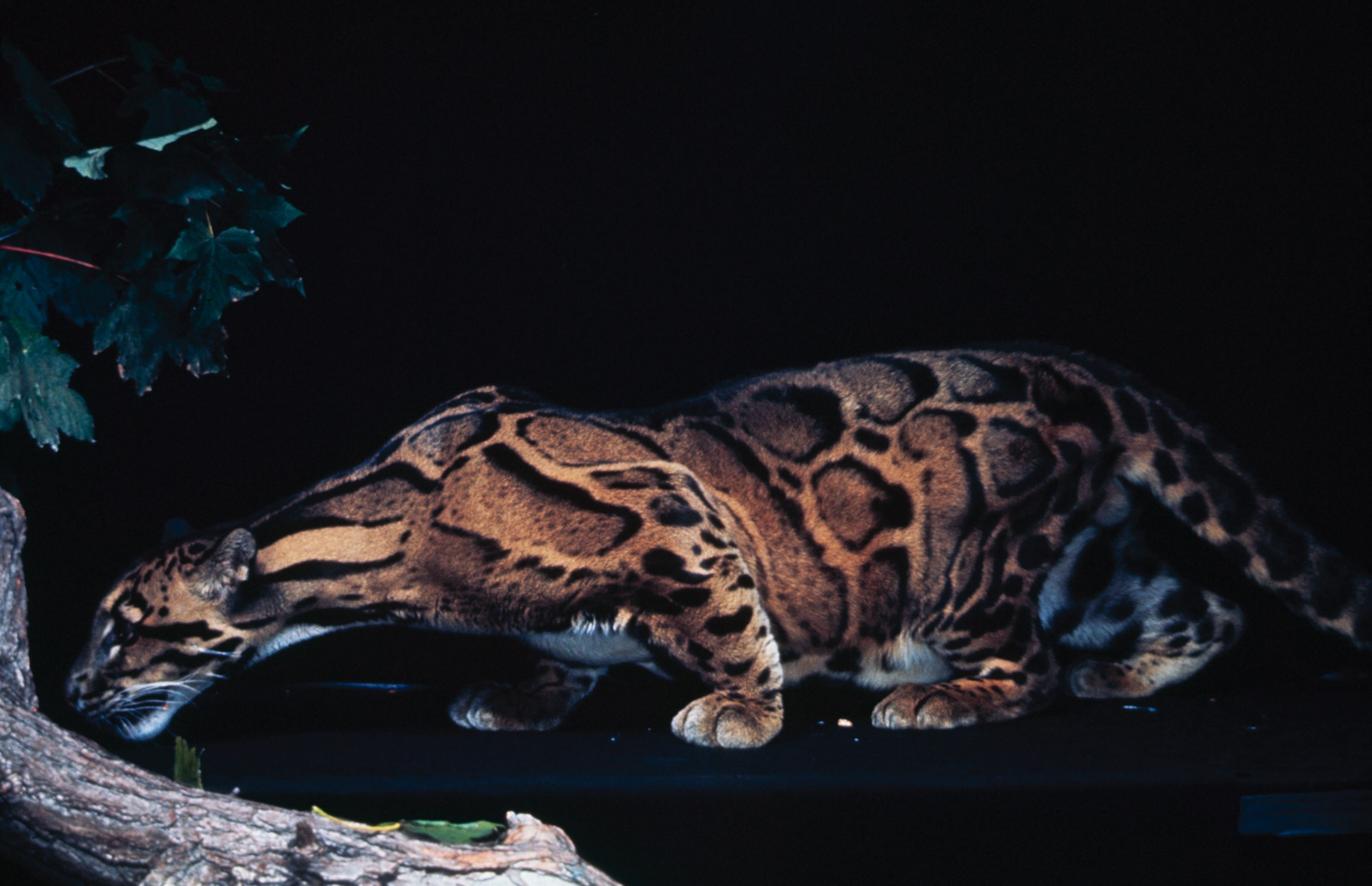



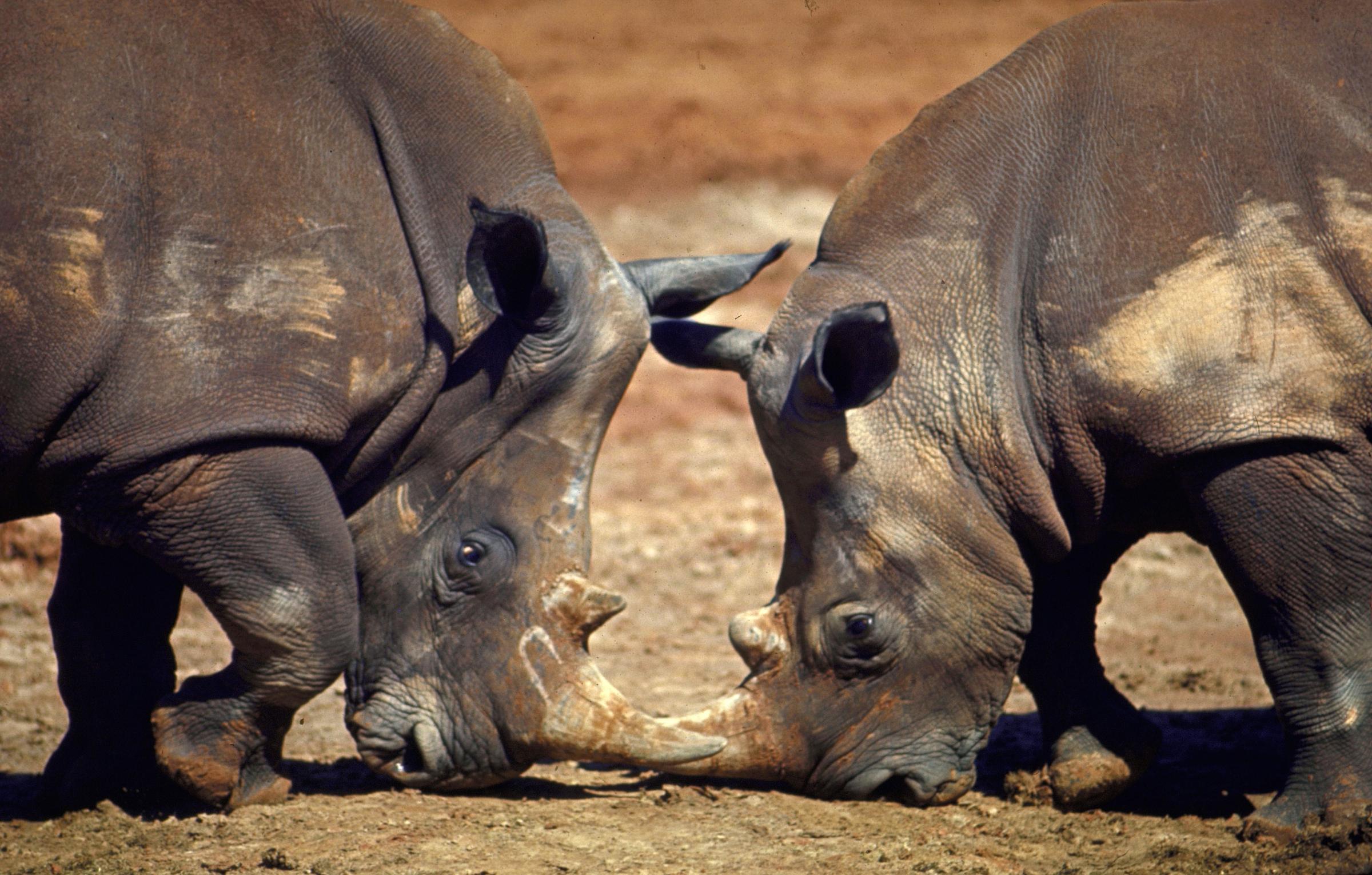


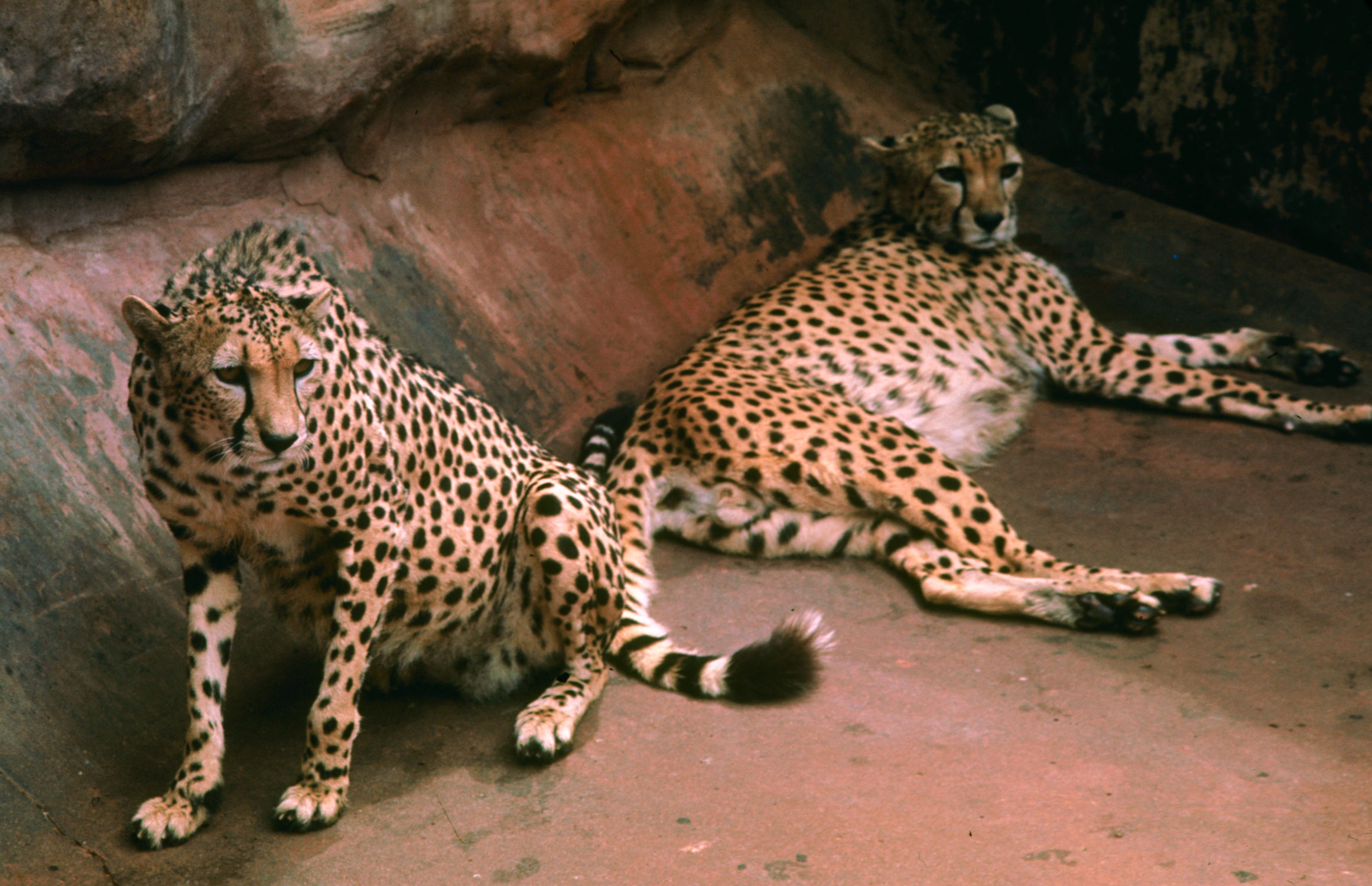



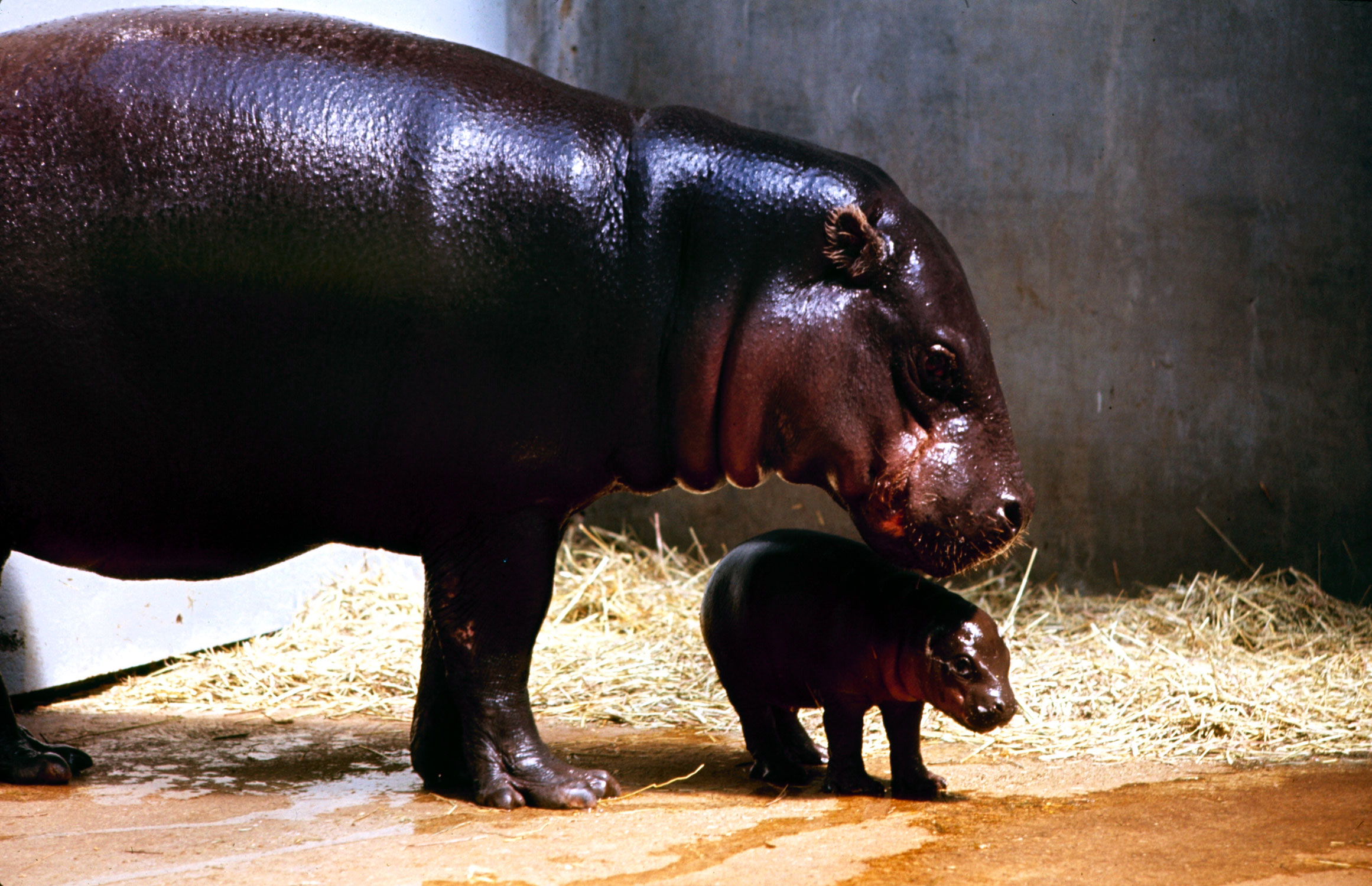
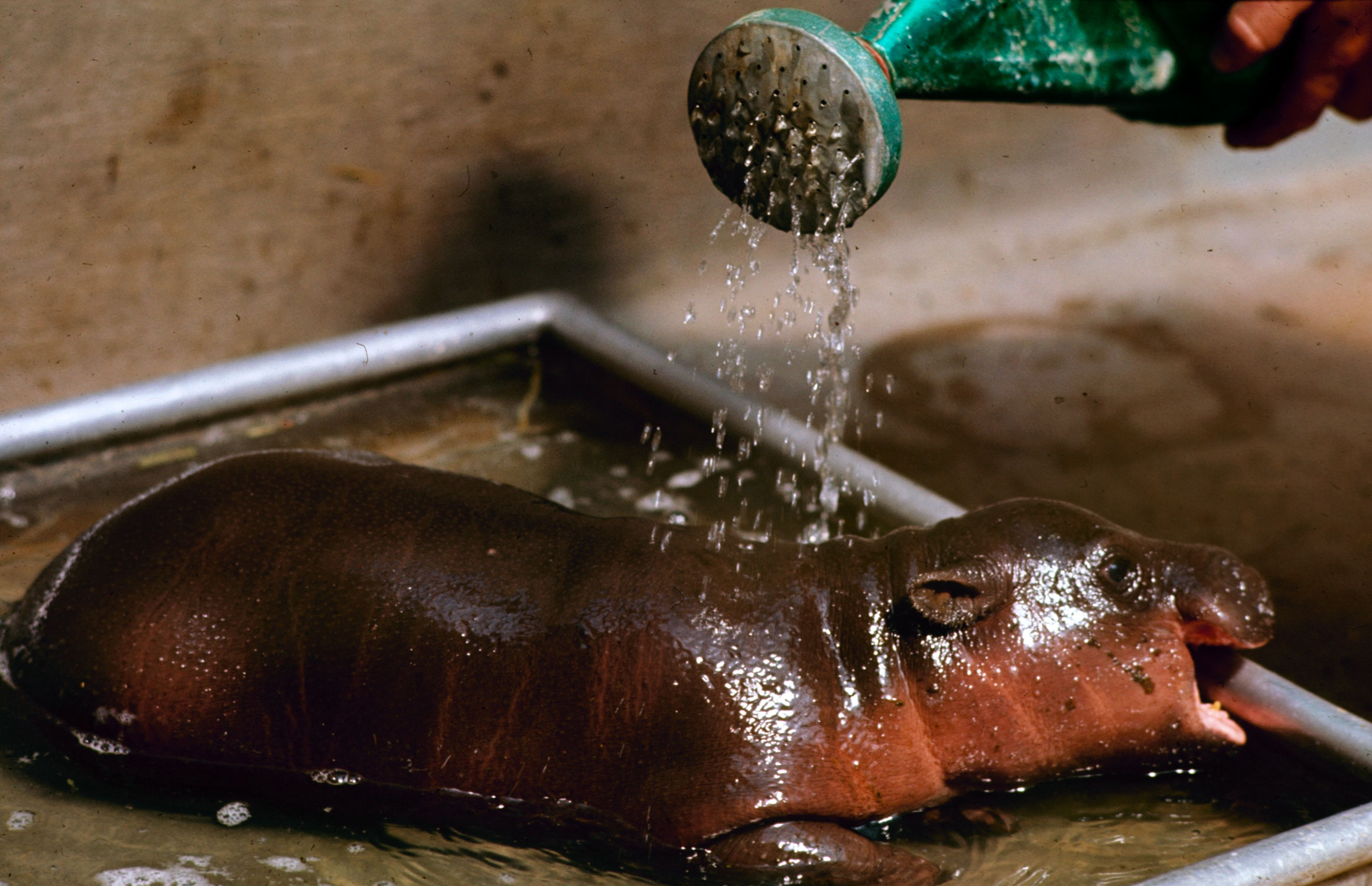
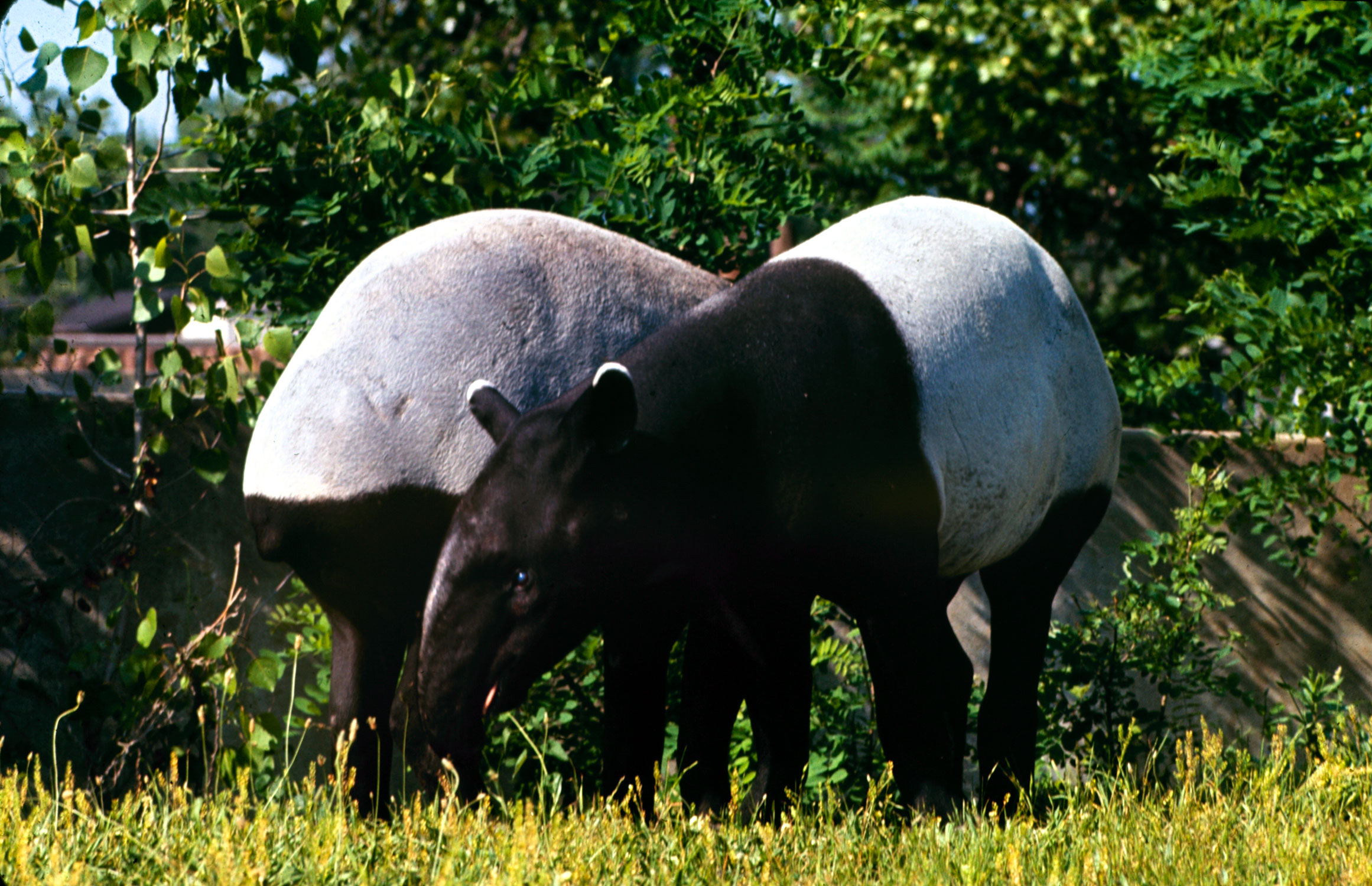
More Must-Reads from TIME
- Why Trump’s Message Worked on Latino Men
- What Trump’s Win Could Mean for Housing
- The 100 Must-Read Books of 2024
- Sleep Doctors Share the 1 Tip That’s Changed Their Lives
- Column: Let’s Bring Back Romance
- What It’s Like to Have Long COVID As a Kid
- FX’s Say Nothing Is the Must-Watch Political Thriller of 2024
- Merle Bombardieri Is Helping People Make the Baby Decision
Write to Eliza Berman at eliza.berman@time.com